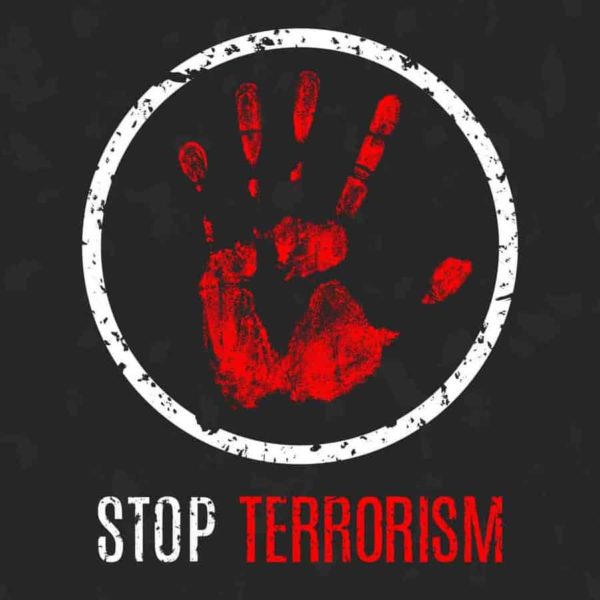After September 11, issues of immigration and terrorism merged, heightening surveillance and racializing Latino immigrants as a threat to national security, according to sociologists at The University of Texas at Austin (UT Austin).
Latino immigration in the United States has long sparked passionate debates, with Latinos often racialized as ‘illegal aliens’ posing an economic threat. But following the al-Qaeda-led terrorist attacks on Sept. 11, 2001, the fear of another attack, coupled with Islamophobia, streamlined immigration agendas with anti-terrorism rhetoric, policies, and institutional efforts, racializing Latinos in a new way, the researchers said.
“Neither contemporary political rhetoric, nor policy, nor institutional change in regards to immigration and terrorism can be properly understood in isolation without taking into account how these issues are brought together at specific moments,” Amina Zarrugh, a UT Austin sociology alumna who will be an assistant professor of sociology at Texas Christian University in the fall. “In fact, the endurance of certain political agendas is made all the more powerful through their connection with other important agendas, each of which reinforces the other.”
Using government reports and media accounts, Zarrugh and UT Austin sociology PhD candidate Luis A. Romero, who will present their paper at the 111th Annual Meeting of the American Sociological Association (ASA), analyzed political rhetoric, immigration policy, government reports, and non-governmental evaluations to explain how Islamophobia — or the extreme and irrational fear of Muslims and Islam — is deployed against Latinos to garner political support, create fear, and justify increased surveillance and immigration enforcement.
Citing examples of politicians blaming “porous borders” for “enormous problems,” a commercial which paired images of terrorists with images of Latinos crossing the border, and fabricated rumors of a terrorist training camp at the U.S.-Mexico border near Ciudad Juárez, Mexico, the researchers concluded that political rhetoric in the aftermath of the attacks mobilized popular fear.
“Increased surveillance and security were an easy sell,” said Romero. “People were more afraid of threats, real or perceived. Politicians fed on this fear, encouraging people that security was key in this new era. The call to enforce the U.S.-Mexico border became a rallying point in the push for greater security.”
Rhetoric then became policy, which dictated how government agencies were created and operated. “Policy began to shape this us versus them sentiment in new ways,” Zarrugh said.
New systems of surveillance were established, as a result of legislation such as the USA Patriot Act, and the U.S. began to take a more aggressive approach to border security. Since 9/11, deportations have increased dramatically. From the establishment of the Department of Homeland Security (DHS) in 2003 through 2013, there was an average of 334,000 deportations per year, and each year there were at least 211,000 deportations, a number never reached in U.S. deportation history pre-9/11. In addition, the Department of Homeland Security absorbed the Immigration and Naturalization Services and united 22 federal agencies under the DHS umbrella, one of the first examples of state resources merging to combat undocumented migration and terrorism as a single issue.
“The primary goal of the Department of Homeland Security, is just that: security,” Zarrugh said. “It was created to prevent future terrorist attacks and while undue attention was directed toward Muslims as a result, they were not the only ones who came under direct scrutiny.”


